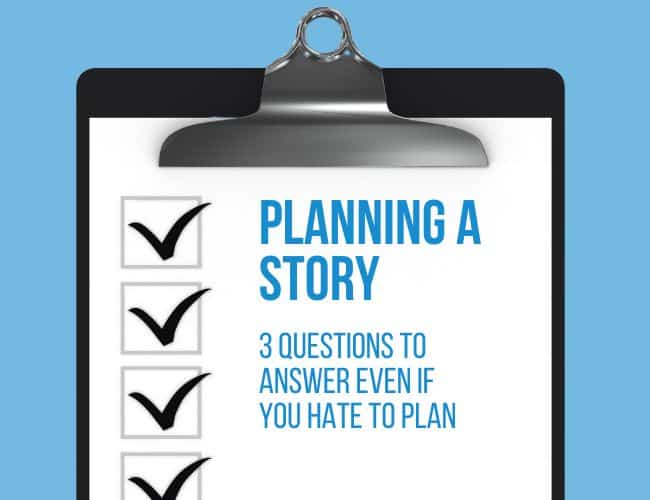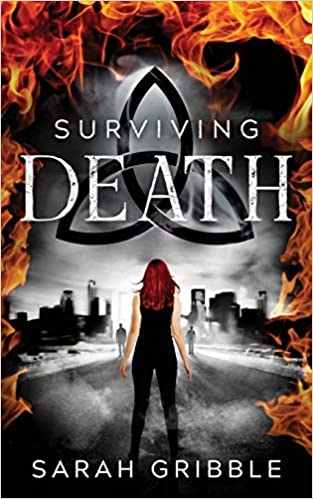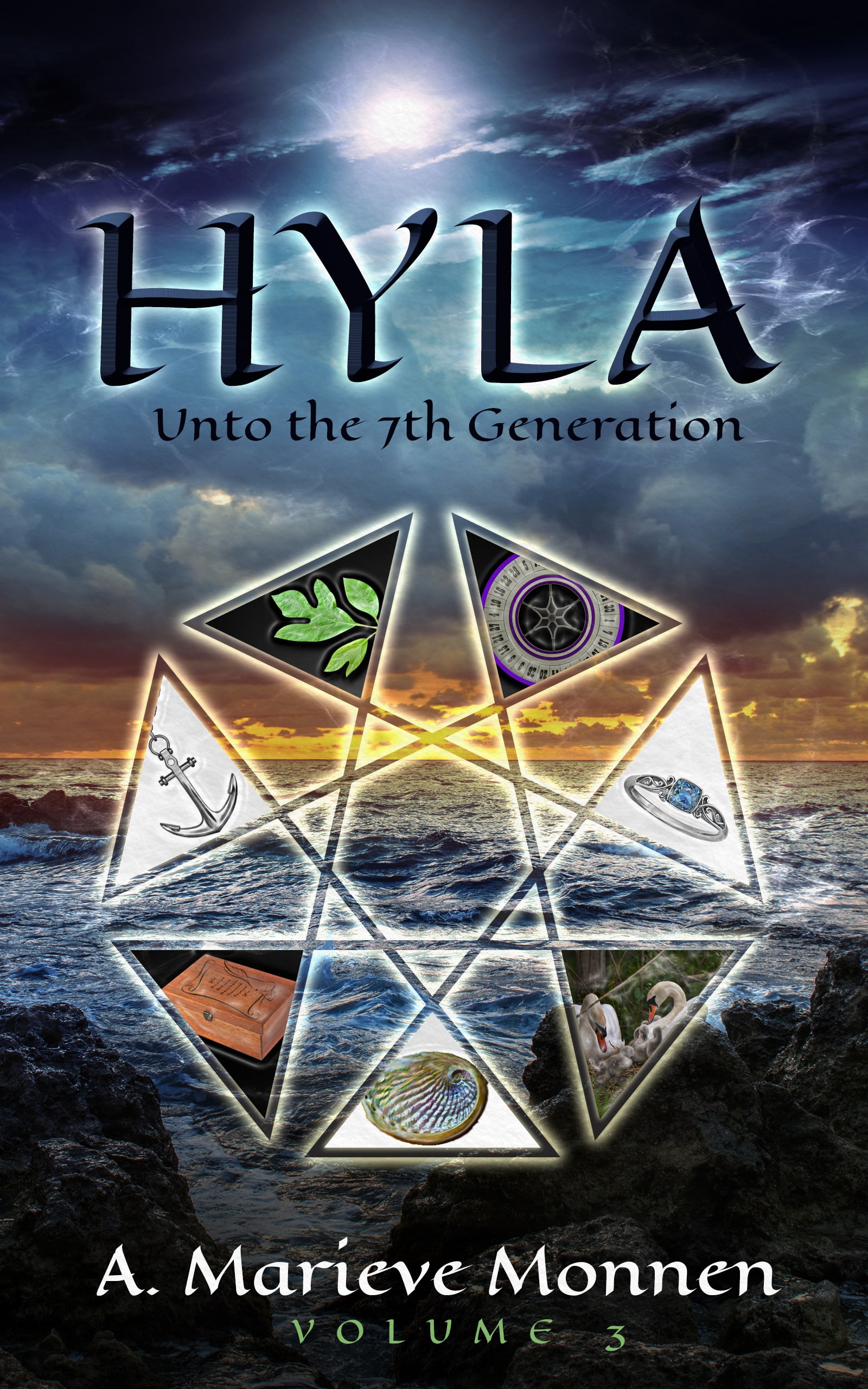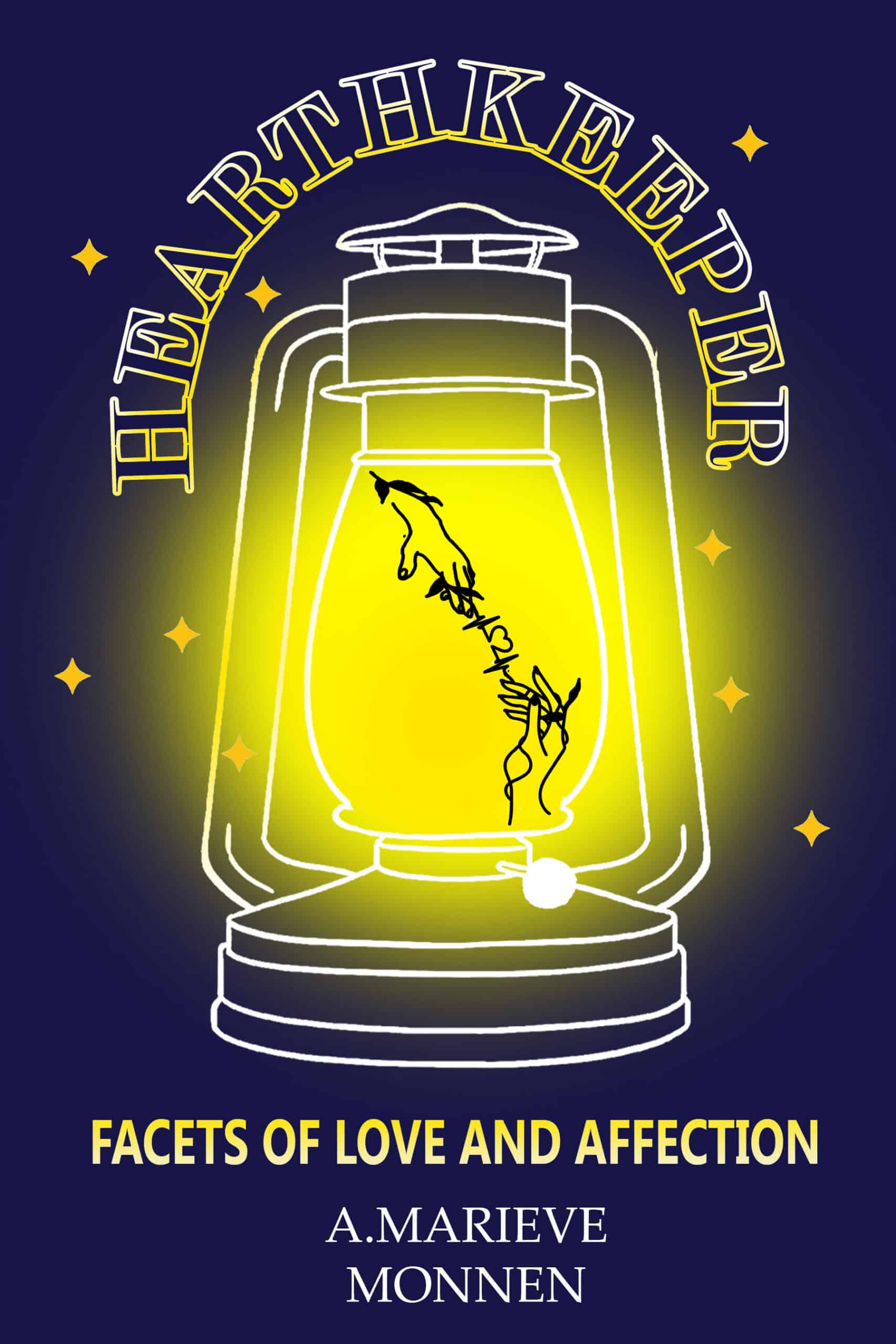While everyone may have their own writing process or planning ritual for a piece of fiction, sometimes you just need a quick way to get to the heart of the story you want to tell. Whether you are hoping to tackle a novel or a short story, use these three questions to clarify your direction.

We write often about great ways to plan a story, whether using The Write Structure or the Hero's Journey. But what if you're working on a short story or more comfortable working without a detailed outline? How can you think through a character arc quickly to get pen to paper fast?
Whether you’re a full story outline planner or a no-plan “pantser” who only knows what's happening scene by scene as you write, you can take comfort in the reality that there's no way to get it all right on the first try. We all write scenes that don’t work, create minor characters that are out of place, and take the story places that don't make sense.
And while revision will help you beat that cast of characters and series of events into a cohesive piece of writing, there are three questions that can illuminate your character arc, clarify your central conflict, and simplify your direction as you work through your story or novel.
3 Questions to Ask Before Writing a Story
Ready for these fundamental questions? Here we go:
1. Whose story is it?
This first question may be the easiest, or at least the most obvious, to answer. Authors tend to dream up stories with a particular protagonist or hero in mind.
The key is to keep this information in mind throughout the drafting process so the story doesn’t get off-track. As your protagonist meets friends, enemies, lovers, mentors, and more, it can be easy to want to jump into these other characters’ heads and start telling their stories. Knowing who the primary story belongs to can keep you on track.
But what if it belongs to more than one character?
It’s entirely possible that your story will belong to an ensemble of people. One of my favorite authors has always been Michael Crichton, probably because Jurassic Park was adapted for the screen when I was nine years old. Like many adventure stories and thrillers, Jurassic Park is the story of a group of people. Each character is the protagonist of at least one section of the book.
Thankfully, this is never confusing because the author clearly establishes this point of view in the book’s opening scenes, dropping the reader into a number of scenes that each have their own protagonist. By the time the dinosaurs get loose and start eating people, the reader is ready to go on the adventure with anybody.
It’s also possible to establish the story as belonging to a pair, or a trio. This was a detail that surprised me about a recent thriller, Star of the North.
While its back cover material identifies an American woman, Jenna, as the protagonist, the novel quickly establishes two other characters, North Koreans, as co-protagonists with her. Author D.B. John stays true to this trio of main characters up to the very end, bringing the characters together and intermingling their destinies with one another.
The main takeaway here is that from beginning to end, your story needs to know who the story belongs to. Does it belong to one person? A duo or trio? Or an ensemble?
Whatever the answer is, stick to it through the whole story so your reader doesn’t get lost.
Working on a short story?
Note for short fiction story writers: try to limit yourself to one protagonist and point-of-view at first. Most short stories tend to zoom in on a single character with a goal who must make a bold choice to get it in the face of tough obstacles.
Knowing whose story you're telling can help you meet your goal: a draft of your story. And speaking of goals:
2. What physical goal is the protagonist pursuing?
Whether your protagonist is a single mother or a team of scientists, you need to make it abundantly clear what is being pursued. What does the character want in their world?
This is a step where many authors try to get clever and write a “deep” book. Instead of clearly identifying a physical goal (like money, a job, a love interest, freedom, escape, safety, etc), the author focuses more on emotions with the idea that the physical goals, buried in the subtext, are there for the reader to magically discover.
While this kind of anti-plot story can work in the hands of a master storyteller, it’s not the route most aspiring writers should choose, especially depending on the genre. A mystery will need a murder or puzzle to solve. A romance will have a relationship to pursue in addition to the emotional journey.
There are exceptions, but even when literary fiction, for example, is centered mostly around an internal shift, the character usually has a physical goal that helps guide the major events.
If your reader turns the page in your story and it isn’t crystal clear what the protagonist wants, then you’re going to have problems keeping your target audience engaged.
3. What internal need does the protagonist have?
Every protagonist must have an internal need. However, they probably don't know what it is. It plays against (though occasionally with) the pursuit of the physical object or goal. The need will create internal conflict.
You can see this conflict when a character has the chance to get what he wants (like when Aladdin can use his third wish to be a prince), but can’t quite do it because he knows it goes against what he needs: to be good and kind. This scene is foreshadowed when Aladdin promises to free Genie, complicated when Aladdin threatens to renege on his promise, and fulfilled when he keeps his word and wishes for Genie’s freedom.
Out of all three of these questions, this is perhaps the least important to know with 100% certainty, but you still need to have an idea of what keeps your protagonist up at night. Even if it’s a vague notion, use it. Find ways to complicate your character's journey, or else your story risks getting stale.
Plan for Success
Even if you hate to plan a story, answering these three questions greatly increases your probability of success. When you nail the story’s protagonist, goal, and internal need, so many other elements will either fall into place or flow naturally from the healthy foundation you’ve built.
So what are you waiting for? Take time today to answer these three questions about your current or next story and simplify the process of writing!
What information do you make sure you know before you begin writing your first draft? Do you have any more essential questions to ask when writing a book? Let us know in the comments.
PRACTICE
Think of your current work in progress or a story you’re planning. Take fifteen minutes to answer the three questions: whose story this will be, what do they want, and what internal need are they trying to satisfy. Feel free to dream up multiple possibilities for your protagonist’s goal and internal need in order to see what combinations have the most potential for conflict.
Don’t have a story idea? Get started with this prompt: No matter how hard she pushed, the door wasn’t opening.
When you’re done, share your work in the Pro Practice Workshop here (if you’re not a member yet, you can join here), and leave feedback for your fellow writers!
You deserve a great book. That's why David Safford writes adventure stories that you won't be able to put down. Read his latest story at his website. David is a Language Arts teacher, novelist, blogger, hiker, Legend of Zelda fanatic, puzzle-doer, husband, and father of two awesome children.



0 Comments